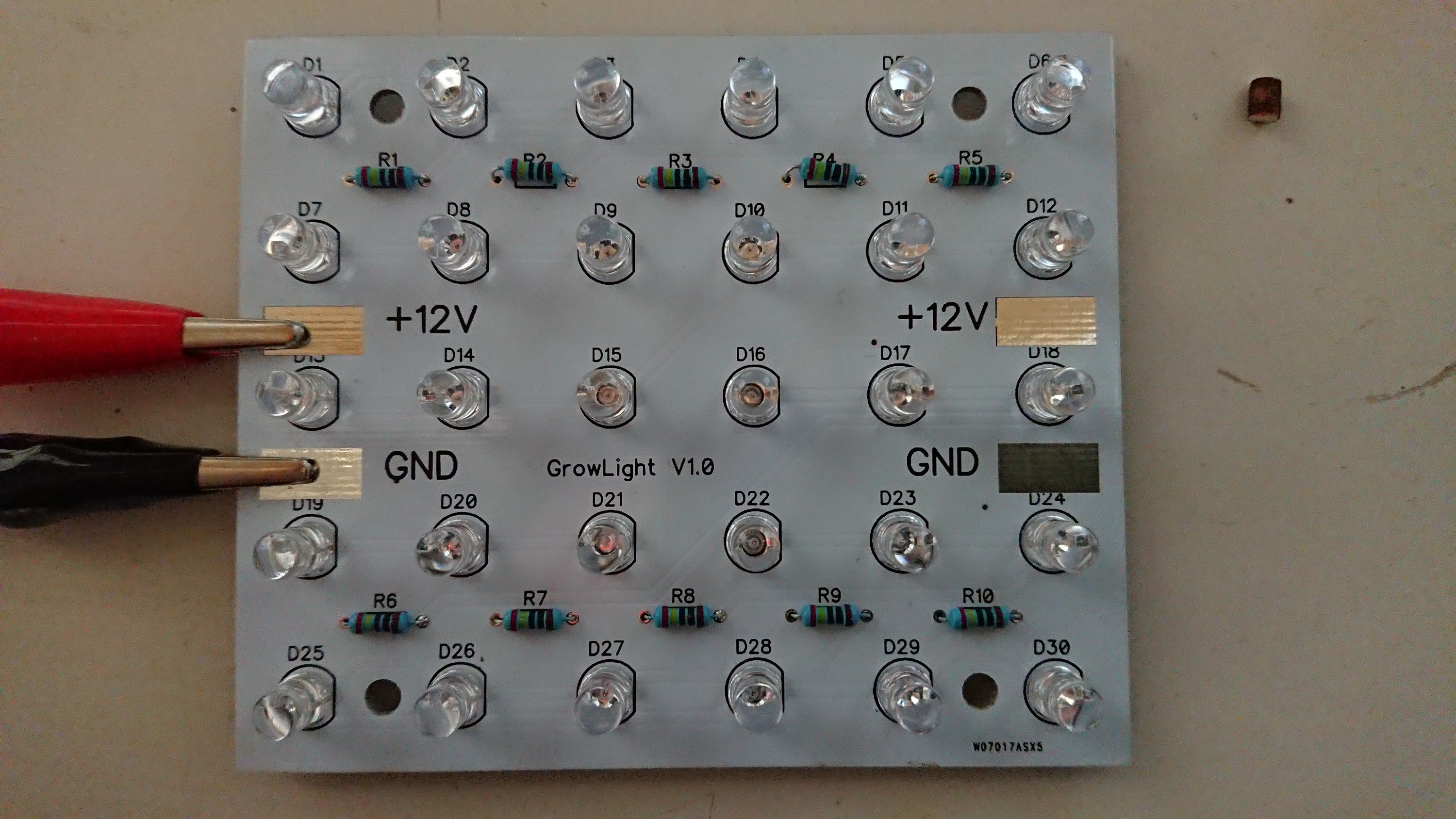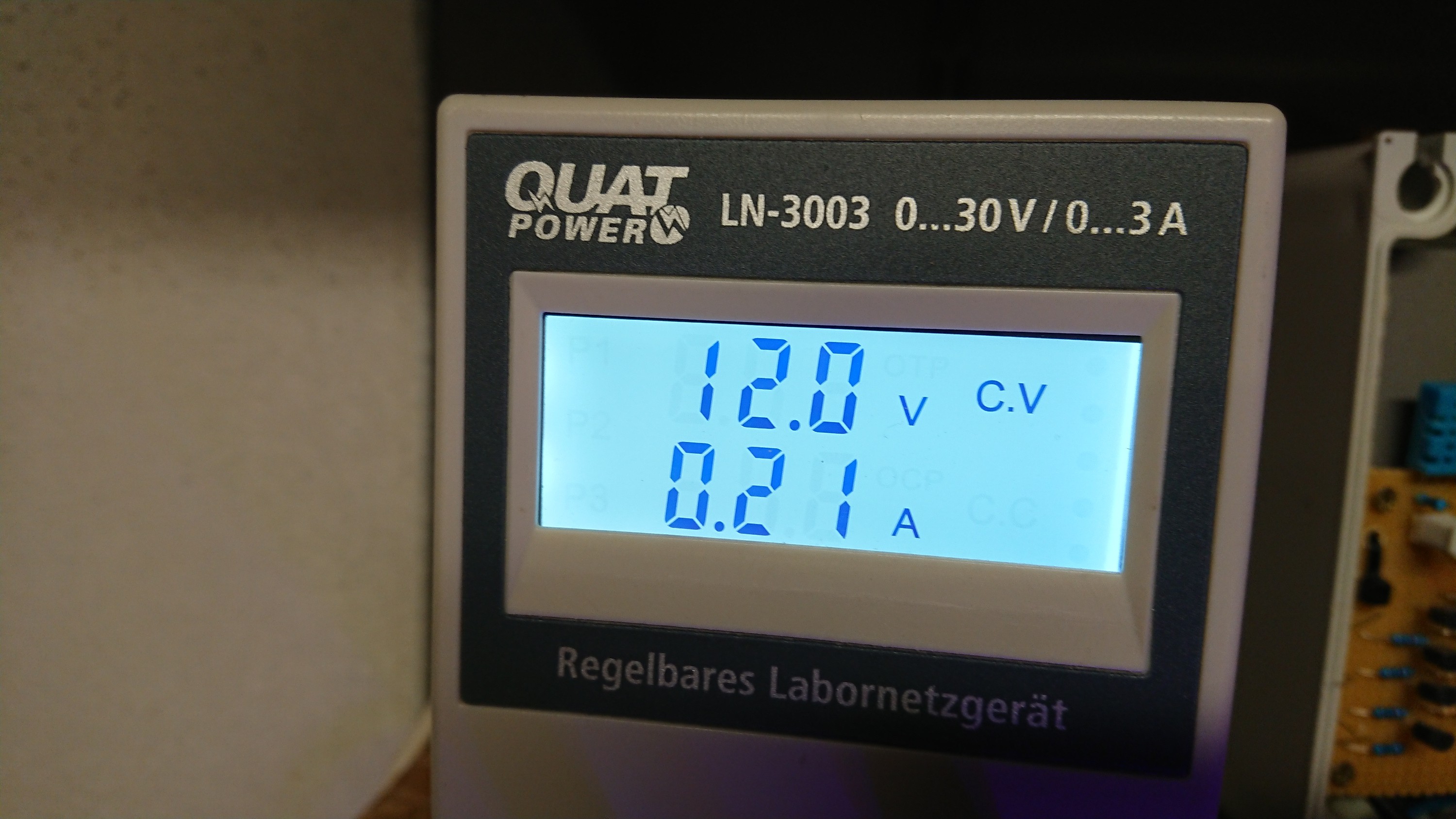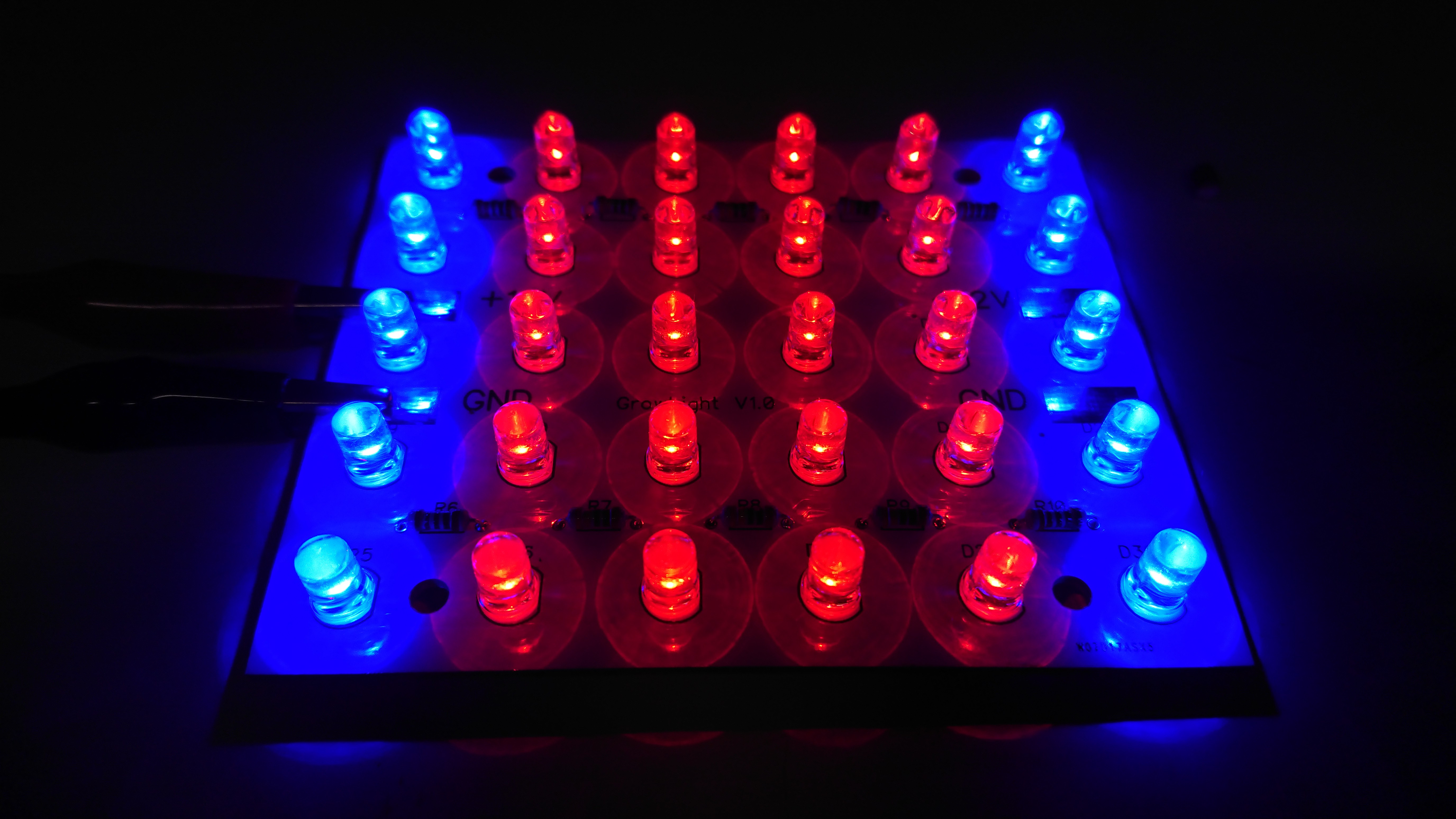I just finished the first of the twenty grow lights.
Works great and as I calculated, it takes at 12V DC 200mA.




A project log for Led Grow Light
First, I wanted to buy 2 or 3 Led grow lights, but they were too expensive or not what I needed. So I decided to build my own Led light
I just finished the first of the twenty grow lights.
Works great and as I calculated, it takes at 12V DC 200mA.
Discussions
Become a Hackaday.io Member
Create an account to leave a comment. Already have an account? Log In.
Hi, I have no idea what I'm doing :). I used here cheap red and blue led's. And now I will check if it works. It can't get worse, than with cheap china plant lights ;)
Are you sure? yes | no
Nice. I never let that stop me, either :-)
Are you sure? yes | no
As someone who regularly grows plants indoors (not what you may think: I start hot peppers indoors before transplanting), I'm very interested. I've used compact fluorescents for a long time (mostly because my initial setup has lasted years), but am thinking of LEDs.
How have you chosen the color mix/wavelengths?
Are you sure? yes | no
I kept some purple chilis indoors for a while a few years ago, which was a fun experiment. While I've been thinking about DIY grow lights, I'm a long way from convinced that the 48W this project is suggesting is enough. Last time I did this, I was using a chinese-supplied light that was described as "500W" (although opening it up, it turned out the LEDs were driven by 3 x 40W constant-current drivers, so I'm not sure how the vendor came to the conclusion that 500W was the correct power...), and I'd say that the 120W produced there was about right for a single chili plant. Re wavelengths: typical blue and red LEDs, while they're fine for the *majority* of a plant's light, aren't quite enough for full lifecycle. Specifically, for optimal lighting, you also need some far red light to trigger the change from Phytochrome-FR to Phytochrome-R, which is part of the plant's sensor mechanism for detecting day length: you'll need some LEDs with a wavelength between 720nm and 780nm to trigger that (and preferably you should only use those in the evening). If you don't have that, you may need to keep your "day" length shorter than it otherwise would be in order to prevent premature flowering. Using white lights could help here, as LEDs around that wavelength tend to be quite expensive. Some plants also use UV during flowering in order to produce oils, but I'm not sure whether that's true for peppers, and as it sounds like you'd want to transplant them for flowering is perhaps not relevant for you.
Are you sure? yes | no
It seems to work
https://youtu.be/YntHWnqubNw
Are you sure? yes | no
That's really cool!
How much is the video sped up?
Are you sure? yes | no
Hi, it was 1 picture every 60sec. Then played back with 25 frames/sec. I cut the part where the magic started.
Are you sure? yes | no